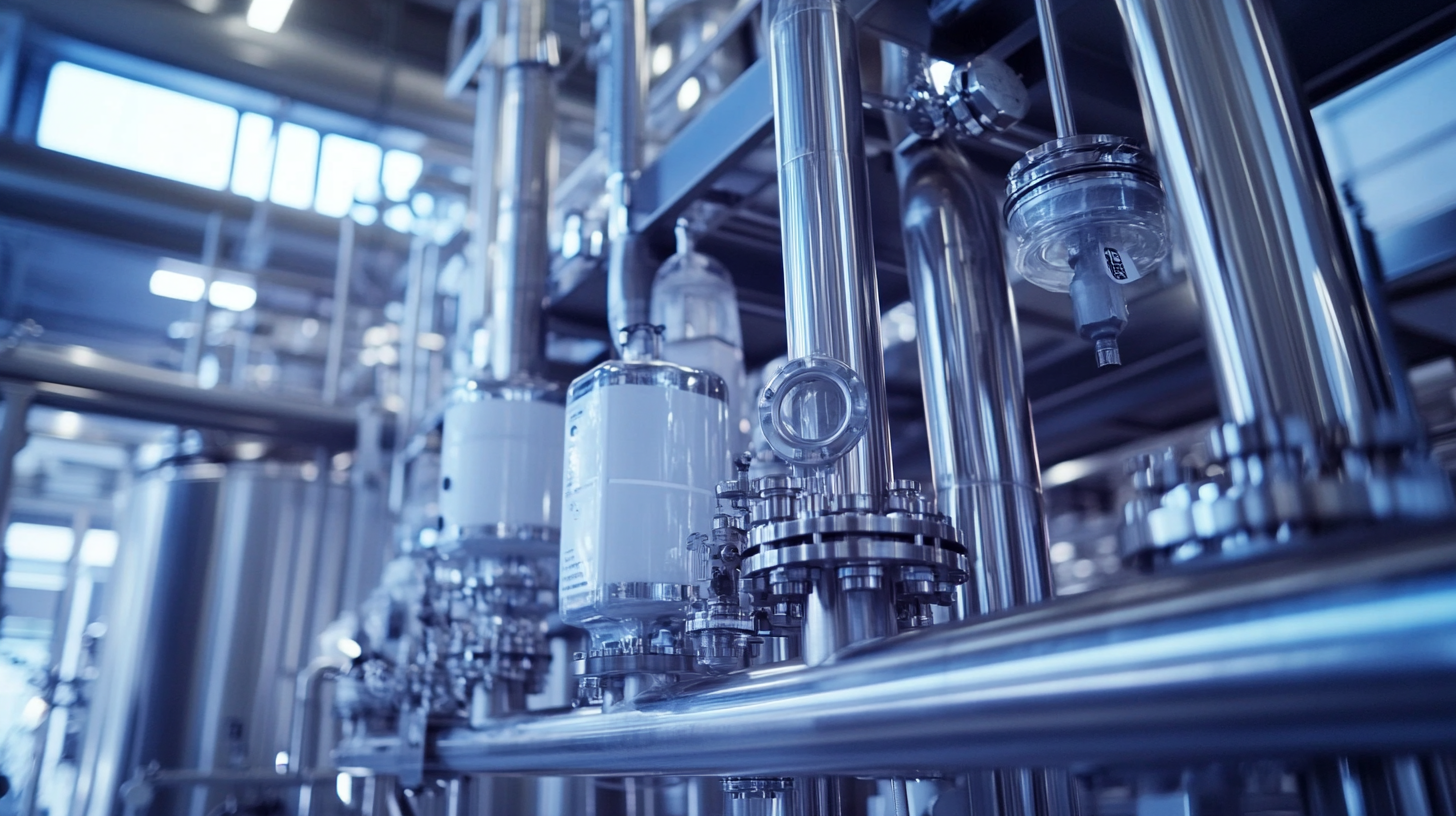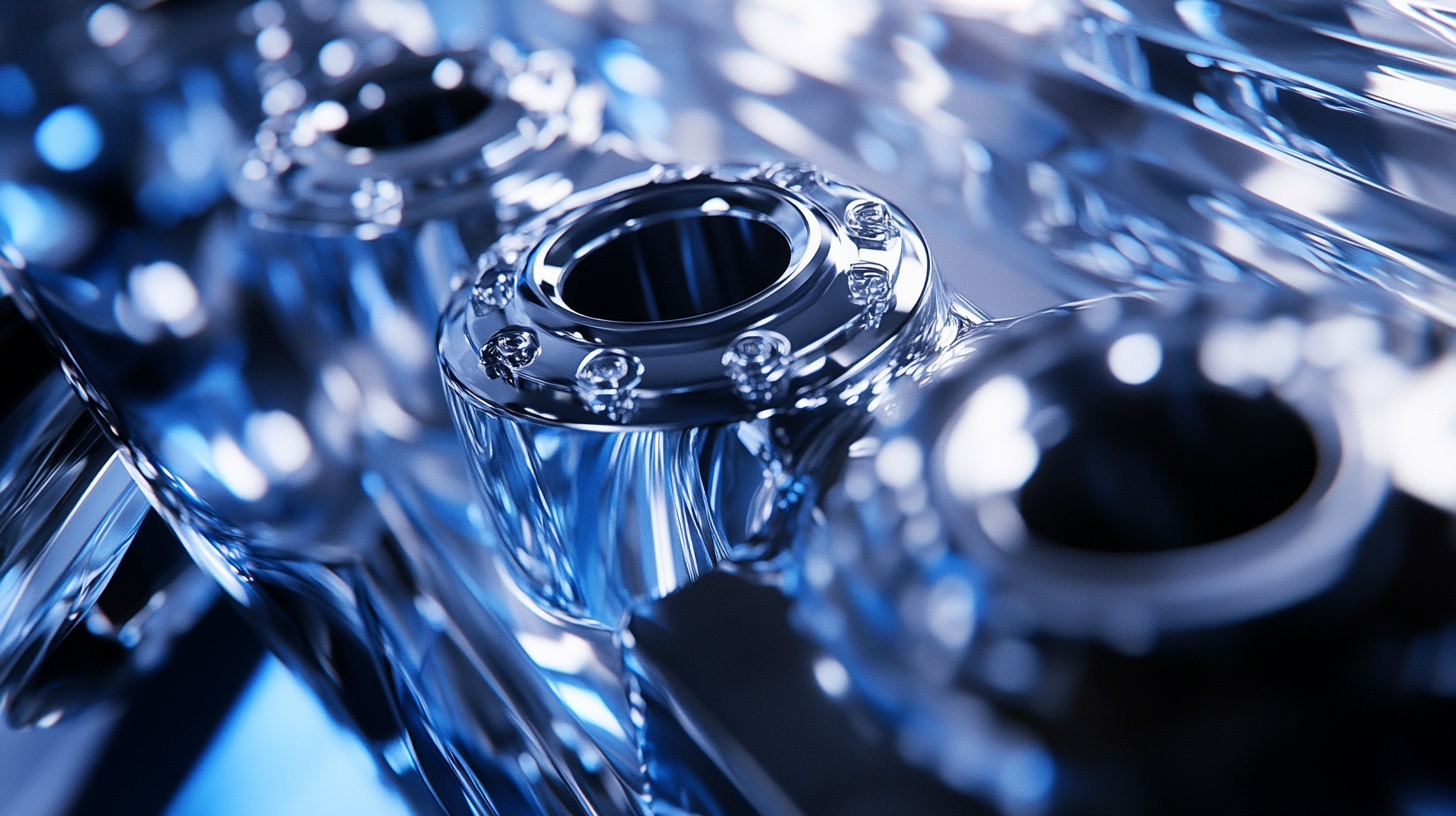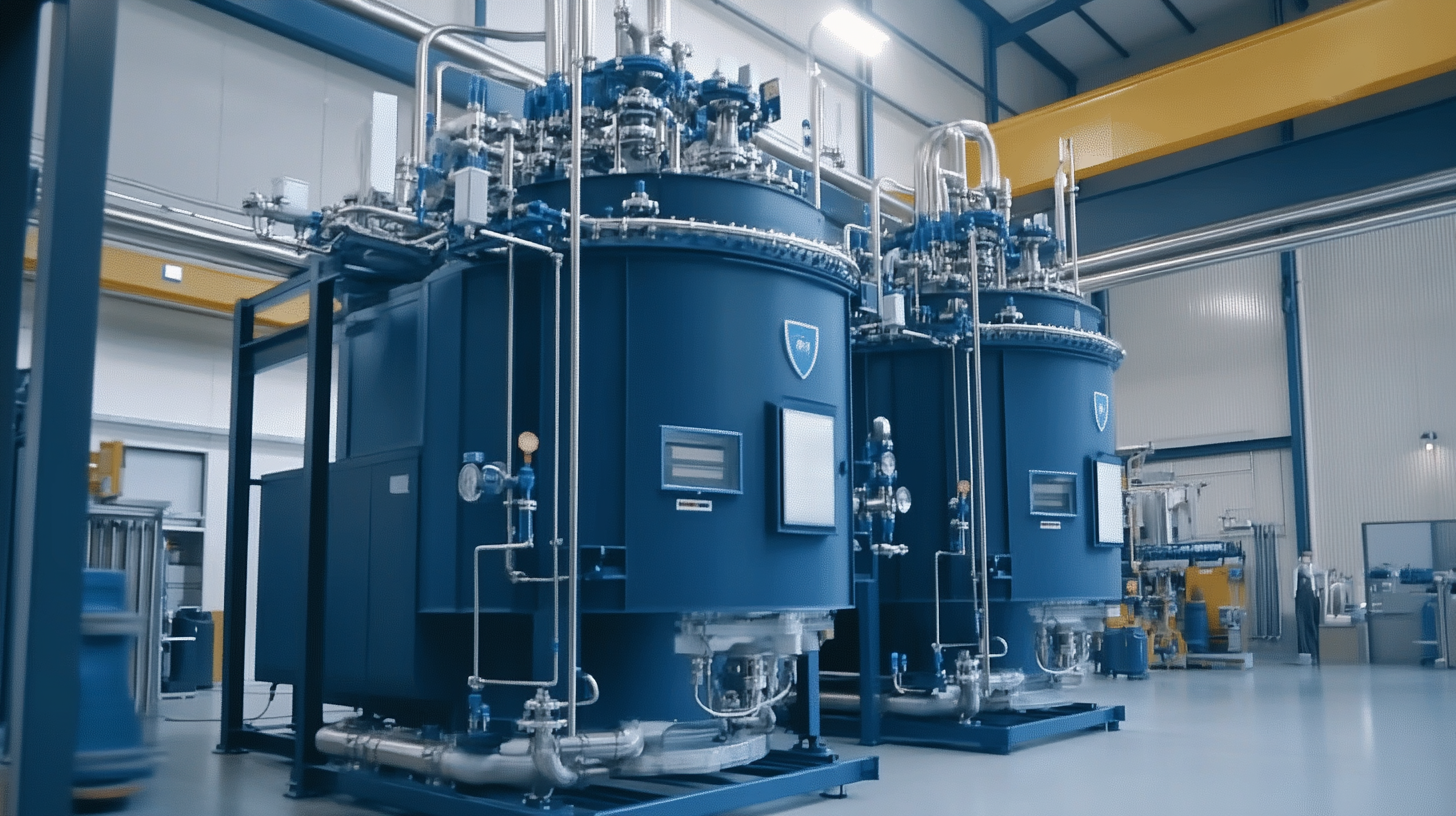Understanding the Advantages of Hot Isostatic Pressing Technology for Global Suppliers
In today's competitive manufacturing landscape, optimizing production processes is more crucial than ever for global suppliers seeking to enhance their operational efficiency and product quality. One technology that has emerged as a game-changer is the Hot Isostatic Pressing Process (HIP). This innovative method offers a robust solution for addressing common challenges in metal and ceramic processing, such as porosity and mechanical properties. By applying high temperature and isostatic pressure, the HIP process significantly improves the density and structural integrity of materials, leading to superior performance in demanding applications. As industries increasingly seek to leverage advanced manufacturing techniques, understanding the advantages of hot isostatic pressing technology becomes essential for suppliers aiming to remain competitive. In this blog, we will explore the key benefits of the Hot Isostatic Pressing Process and how it can transform the capabilities of global suppliers across various sectors.

The Basics of Hot Isostatic Pressing: A Comprehensive Overview
Hot Isostatic Pressing (HIP) is a advanced manufacturing process that enhances the mechanical properties of materials by subjecting them to high temperature and pressure simultaneously. This technique is particularly beneficial for industries that demand superior material integrity, such as aerospace, automotive, and medical sectors. During HIP, components are surrounded by a pressure-transmitting medium, typically a gas, which helps eliminate internal porosity and reinforces the structure of materials. This results in a significant increase in density and mechanical performance, making parts stronger and more reliable.
One of the key advantages of HIP is its versatility in processing a wide range of materials, including metals, ceramics, and composites. This adaptability allows global suppliers to utilize HIP technology to improve product quality and performance regardless of the material type. Additionally, HIP can be used to produce highly complex geometries that are otherwise challenging to achieve through traditional manufacturing methods. As a result, manufacturers not only increase their production capabilities but also enhance their competitiveness in the market by delivering high-performance parts tailored to specific applications.
Understanding the Advantages of Hot Isostatic Pressing Technology
This chart illustrates the benefits of Hot Isostatic Pressing (HIP) technology in various sectors, highlighting its impact on material properties, cost efficiency, and production capabilities.
Key Benefits of Hot Isostatic Pressing for Global Supply Chain Efficiency
Hot Isostatic Pressing (HIP) technology is increasingly recognized for its key benefits to global supply chain efficiency, especially within the rapidly growing powder metallurgy market, projected to reach USD 6.38 billion by 2034 with a remarkable CAGR of 8.62%. This impressive growth indicates a rising demand for advanced manufacturing techniques that enhance material properties and product performance. HIP technology enables manufacturers to produce components with superior density and mechanical strength by simultaneously applying heat and isostatic pressure. This results in reduced porosity and enhanced dimensional accuracy, allowing for optimal performance in various applications.
Moreover, HIP offers significant advantages in production efficiency. By streamlining the manufacturing process, companies can reduce waste and minimize production times. The ability to create complex geometries without the need for extensive post-processing not only speeds up production but also lowers overall costs, a crucial factor for global suppliers competing in a dynamic market. As industries continue to seek ways to optimize their supply chains, the adoption of technologies like HIP will be pivotal in meeting the increasing demand for high-quality components while maintaining operational efficiency.
Advantages of Hot Isostatic Pressing Technology
This pie chart illustrates the key benefits of Hot Isostatic Pressing (HIP) technology that enhance global supply chain efficiency. Each segment represents a different advantage, highlighting the significance of HIP in improving material properties and manufacturing processes.
Innovative Applications of Hot Isostatic Pressing in Various Industries
Hot Isostatic Pressing (HIP) technology has emerged as a game changer across various industries, leveraging its unique ability to enhance material properties, improve performance, and extend product lifespans. Its application spans sectors like aerospace, automotive, and medical devices, where precision and reliability are paramount. For instance, in aerospace, HIP is used to eliminate microvoids in metal components, leading to safer and lighter structures that comply with rigorous safety standards.
Tip: When integrating HIP technology, consider the specific material properties required for your application. Testing different pressure and temperature conditions can lead to optimized results tailored to your project needs.
Moreover, the versatile nature of HIP enables innovation in additive manufacturing. By applying HIP post-processing to 3D-printed parts, manufacturers can significantly enhance density and mechanical properties, leading to a wider acceptance of additive processes in critical applications. This synergy not only reduces waste but also accelerates the production of complex geometries that were previously unattainable.
Tip: Collaborate with experienced HIP service providers who can offer insights into best practices and the latest advancements in the technology, ensuring you capitalize on its full potential in your production workflow.
Comparative Analysis: Hot Isostatic Pressing vs. Traditional Manufacturing Techniques
Hot Isostatic Pressing (HIP) technology offers distinct advantages over traditional manufacturing techniques, particularly in the realms of material properties and design flexibility. Unlike conventional methods that can produce inherent defects in parts due to thermal stresses or machining processes, HIP effectively eliminates porosity and enhances mechanical properties. This results in components that display superior tensile strength and fatigue resistance, making them ideal for demanding applications in industries such as aerospace and automotive.
Moreover, the integration of additive manufacturing (AM) with HIP opens new avenues for innovation. Recent studies highlight the cost efficiency of various feedstocks, like 316L and Inconel 625, used in advanced AM processes. Not only does HIP enhance the performance of AM-produced parts, but it also allows for more complex geometries to be fabricated, which traditional methods struggle to achieve. As global suppliers increasingly focus on optimizing their production processes, the combination of HIP and AM technologies may well redefine the standards of manufacturing excellence, driving forward the evolution of high-performance components.

Future Trends in Hot Isostatic Pressing Technology for Global Suppliers
The future of Hot Isostatic Pressing (HIP) technology promises to reshape the manufacturing landscape for global suppliers, particularly in advanced industries such as aerospace and firearms. The latest advancements highlight the critical role HIP plays in enhancing the quality and performance of additive manufacturing (AM) parts, making it essential for suppliers aiming to maintain competitive edges. According to recent reports, the global powder metallurgy market, which includes HIP processes, was valued at USD 2.41 billion in 2022 and is projected to grow at a compound annual growth rate (CAGR) of 12.9% by 2030, reflecting strong demand in various sectors.
In particular, the aerospace sector is seeing significant investment and innovation. For instance, the introduction of ultra-large HIP machines is expected to position countries like China at the forefront of high-performance material development. This leap in capacity not only streamlines production processes but also enhances the mechanical properties of the materials involved. As manufacturers increasingly adopt HIP technology, the emphasis on eliminating residual porosity and enhancing mechanical strength will become a standard practice, further driving the quality of critical components in demanding applications.
